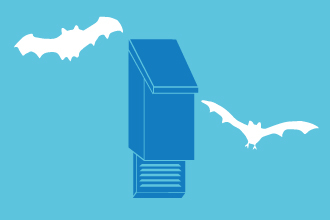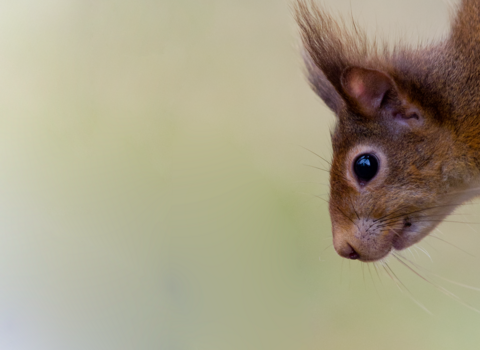Mike Symes, devonbatproject.org
Greater horseshoe bat
The greater horseshoe bat was once a cave-dweller, but now tends to roost in old buildings, such as churches and barns. It is rare in the UK and, like many other bats, declining in number.
Scientific name
Rhinolophus ferrumequinumWhen to see
April to OctoberSpecies information
Category
Statistics
Length: 5.7-7cmWingspan: 35-40cm
Weight: 17-34g
Average lifespan: up to 30 years
Conservation status
Protected in the UK under the Wildlife and Countryside Act, 1981. Priority Species under the UK Post-2010 Biodiversity Framework. European Protected Species under Annex IV of the European Habitats Directive.
About
Formerly a cave-dweller, the greater horseshoe bat now tends to roost in old houses, churches and barns. All UK bats are nocturnal, feeding on midges, moths and other flying insects that they find in the dark by using echolocation. In early summer, greater horseshoe bats will emerge at dusk and dawn, however, preferring to roost through the middle of the night. From May, females form maternity colonies to have their pups. Greater horseshoe bats hibernate over the winter in caves, disused mines, tunnels and cellars.How to identify
One of our largest bats, the greater horseshoe bat is the size of a small pear. It has a characteristically fleshy nose that is shaped like a horseshoe. Its fur is reddish-brown on its back and cream underneath.Distribution
Found in South West England and South Wales.Did you know?
Greater horseshoe bats often choose a regular perch in a tree or cave from which they can watch for passing insects; when they spot their prey, they fly out to catch it in the air. Insect remains beneath such perches can be spotted in spring and autumn, in particular.Mike Symes, devonbatproject.org




